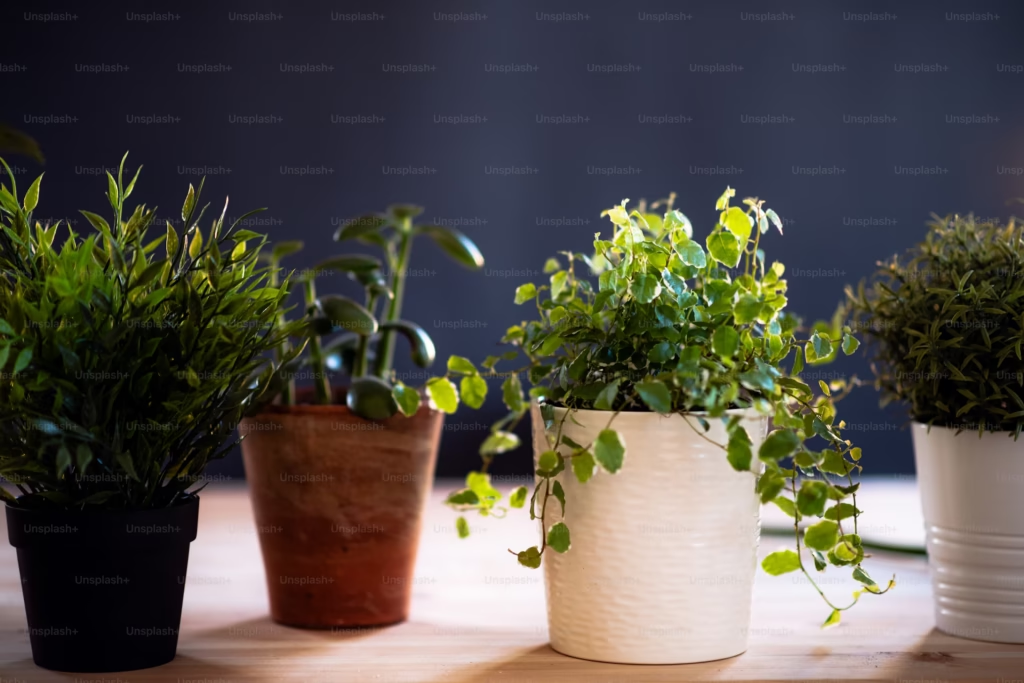
How to Grow Snake Plants Indoors
Snake plants (Sansevieria), also known as mother-in-law’s tongue, are popular houseplants due to their hardiness, low maintenance, and air-purifying qualities. These striking plants, with their upright, sword-like leaves, can thrive in a variety of indoor environments. Whether you’re a seasoned plant owner or a beginner, growing snake plants indoors is easy with the right care. Here’s everything you need to know about growing and maintaining snake plants indoors.
1. Choose the Right Location
Snake plants are adaptable and can tolerate a range of lighting conditions, but they thrive best in bright, indirect light. However, they can also survive in low light, making them ideal for rooms with limited natural light. Avoid placing them in direct sunlight, as this can scorch their leaves.
- Best Location: Near windows with filtered light or in low-light areas like hallways or bathrooms.
- Tip: While they can tolerate some sunlight, too much direct exposure can cause the leaves to burn, so aim for indirect light for optimal growth.
2. Use Well-Draining Soil
Snake plants do not like to sit in waterlogged soil. To ensure proper drainage, use a well-draining potting mix. A cactus or succulent soil mix works well, or you can add sand or perlite to regular potting soil to improve drainage.
- Soil Tip: Make sure the pot has drainage holes to prevent water from accumulating at the bottom, which can cause root rot.
- Potting Tip: Consider a clay or ceramic pot, as these materials help absorb excess moisture and keep the plant’s roots healthy.
3. Water Carefully
One of the most common mistakes when caring for snake plants is overwatering. Snake plants prefer to dry out completely between waterings. It’s best to water them deeply but infrequently, usually every 2-6 weeks depending on the environment and the season.
- Watering Tip: Water your snake plant only when the top 1-2 inches of soil are dry to the touch. During the winter months, reduce watering even further.
- Signs of Overwatering: Yellowing leaves and mushy roots are signs that the plant is getting too much water.
- Signs of Underwatering: Dry, crispy edges on the leaves indicate the plant may need more water.
4. Maintain Ideal Temperature
Snake plants are tropical plants and prefer warmer temperatures. The ideal temperature range for growing snake plants indoors is between 60-85°F (15-29°C). They can tolerate a little cooler or warmer, but avoid placing them in drafts, near air conditioners, or heating vents, as sudden temperature changes can stress the plant.
- Temperature Tip: Keep them in rooms with consistent temperatures to encourage healthy growth.
- Avoid: Exposing snake plants to temperatures below 50°F (10°C), as they may not survive.
5. Fertilize Sparingly
Snake plants are not heavy feeders, so they do not require frequent fertilization. During the growing season (spring and summer), you can fertilize your snake plant once a month with a balanced, water-soluble fertilizer diluted to half strength. In the fall and winter, they typically go into dormancy and don’t need any fertilizer.
- Fertilizing Tip: Use a slow-release fertilizer or a diluted liquid fertilizer to avoid overfeeding.
- Signs of Overfertilizing: Brown leaf tips and a buildup of salts in the soil are signs of overfertilization.
6. Avoid Pests and Diseases
Snake plants are relatively pest-resistant but can still fall prey to common indoor pests like spider mites, mealybugs, and aphids. Regularly inspect your plant for signs of pests, such as small webs or sticky residue.
- Pest Control Tip: If you notice pests, wipe the leaves with a damp cloth or use insecticidal soap to treat them.
- Disease Prevention: To prevent fungal and bacterial diseases, make sure the plant’s soil is well-draining and not consistently damp.
7. Propagate Snake Plants
One of the most exciting aspects of growing snake plants is their ability to propagate. Snake plants can be easily propagated from leaf cuttings or by dividing the plant at the root.
- Leaf Cutting Method: Cut a healthy leaf into 2-3 inch sections and let the cut end dry for a few days. Then, place the cuttings in water or soil, and within a few weeks, they should start to develop roots.
- Division Method: When repotting, you can divide the plant’s rhizomes (underground stems) into smaller sections. Each section should have at least one leaf and root system to grow into a new plant.
8. Repot When Necessary
Snake plants grow slowly, so they don’t need frequent repotting. However, when your plant becomes root-bound (roots start growing out of the drainage holes), it’s time to move it to a slightly larger pot. Typically, snake plants should be repotted every 1-2 years.
- Repotting Tip: Choose a pot that is only slightly larger than the current one. Avoid going too big, as this can cause the soil to stay too wet for too long.
- Best Time to Repot: Repot during the growing season (spring or summer) when the plant is actively growing.
9. Prune Dead or Damaged Leaves
Occasionally, snake plants may develop yellow, brown, or damaged leaves. To maintain the plant’s health and appearance, trim any dead or damaged leaves at the base using clean, sharp scissors or pruning shears.
- Pruning Tip: Always cut the leaves as close to the soil as possible without damaging the surrounding healthy leaves.
- Growth Tip: Pruning will encourage the plant to focus energy on new, healthy growth.
10. Enjoy the Air-Purifying Benefits
In addition to their attractive appearance, snake plants are known for their air-purifying properties. Snake plants are one of the few plants that can absorb carbon dioxide at night and release oxygen, making them ideal for bedrooms or offices. They also filter out toxins like formaldehyde, benzene, and trichloroethylene.
- Health Tip: Place your snake plant in a bedroom or living room to benefit from cleaner, fresher air while adding a stylish touch to your decor.
Conclusion
Snake plants are perfect for anyone looking for an easy-to-care-for indoor plant that offers both aesthetic appeal and air-purifying benefits. By following these care tips — from proper lighting and watering to occasional pruning and propagation — you can enjoy a thriving snake plant in your home. Whether you’re a beginner or an experienced plant owner, the snake plant is sure to bring a touch of green to your indoor space.



